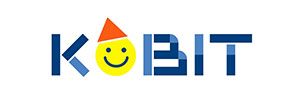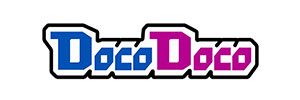All images are uploaded from Pixabay.com
Software engineering is a systematic approach in developing software that solves specific problems. There are many steps involved in creating a software and the process is called the software development life cycle. In order to make the development of software easier, software process models have emerged. You can say it is a framework of the software development life cycle. There are many software process models that exist out there but this article will tell you the top 5 software process models that are most picked as a framework in order to develop a software.
1. Agile software development life cycle
- Honestly, it’s not surprising to see Agile rank 1 in the list as it really is a widely used software process model in the entire world.
- Now what is Agile ? With Agile software development life cycle, the product is divided into small incremental builds and are delivered in each iteration. The final product, according to Agile development methodology, will contain all the required requirements.
- Why do people use Agile software development life cycle models? First of all, it provides flexibility in developing software. Secondly, it releases products for client and user to see and use in each iteration then receives feedback for improvement. Thirdly, it is adaptive to change requirements and identify minor issues before it turns into a bigger one. Finally, it allows frequent communication between the developer team and the product owner.
- Agile software development life cycle model is suitable for most of the projects that exist out there and if your client wants to see the product fast, then Agile is definitely a priority.
2. V-Shaped software development life cycle model
- The V shape model is an extension of the waterfall software development model. The V shape model works like a water flow, it doesn’t move in a straight line but step by step after coding and testing. Every stage in the V shape model has a testing phase. The team can only move to the next phase after the current phase has truly ended. Using the V software development life cycle model grants you the ability to track potential defects smoothly, offer simplicity and clear verification at each stage and save a lot of time and planning and designing related to testing has been done even before the actual coding takes place.
3. The iterative approach
- The team doesn’t need to have a complete knowledge of the requirements as the team develops the product in cycle, building a product in an evolutionary method. The iterative software development life cycle helps identify functional and design flaws at the early stage, each evolution is easy to evaluate and it allows more focus on user value.
4. Spiral software development life cycle model
- The spiral software development life cycle model is one of the most flexible software development life cycles out there. The whole development process is divided into a lot of small phrases for the team to follow. Using this, we can estimate new changes at the later stage of development.
5. Waterfall software development model
- In the waterfall model, each stage must be completed thoroughly before going to the next stage as turning back is not allowed. Using this, it is easier to manage the team and the software development processes.
 Login as
Login as




































;>/img/banner/partner $url=>$index; .png)